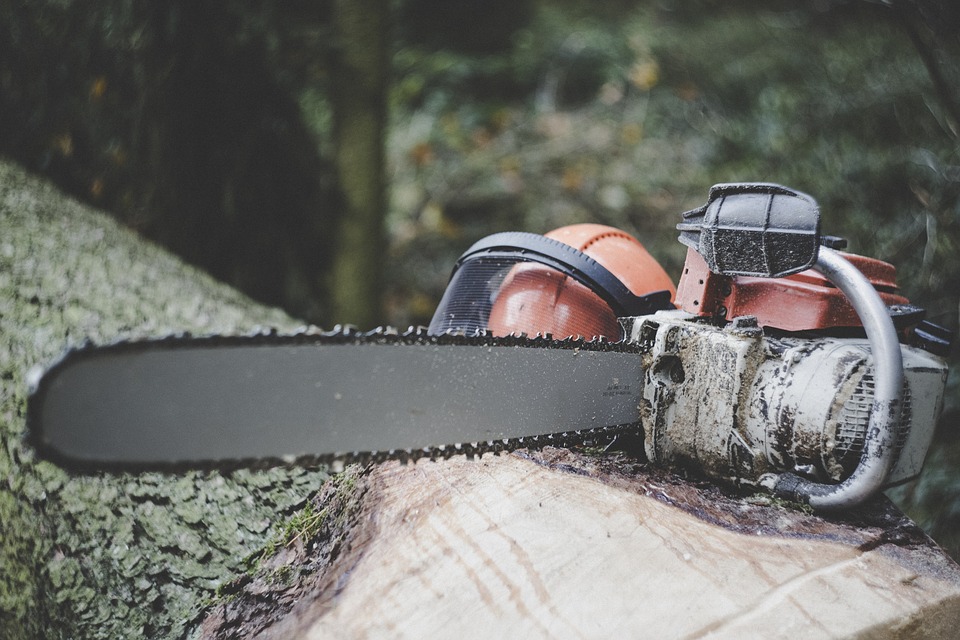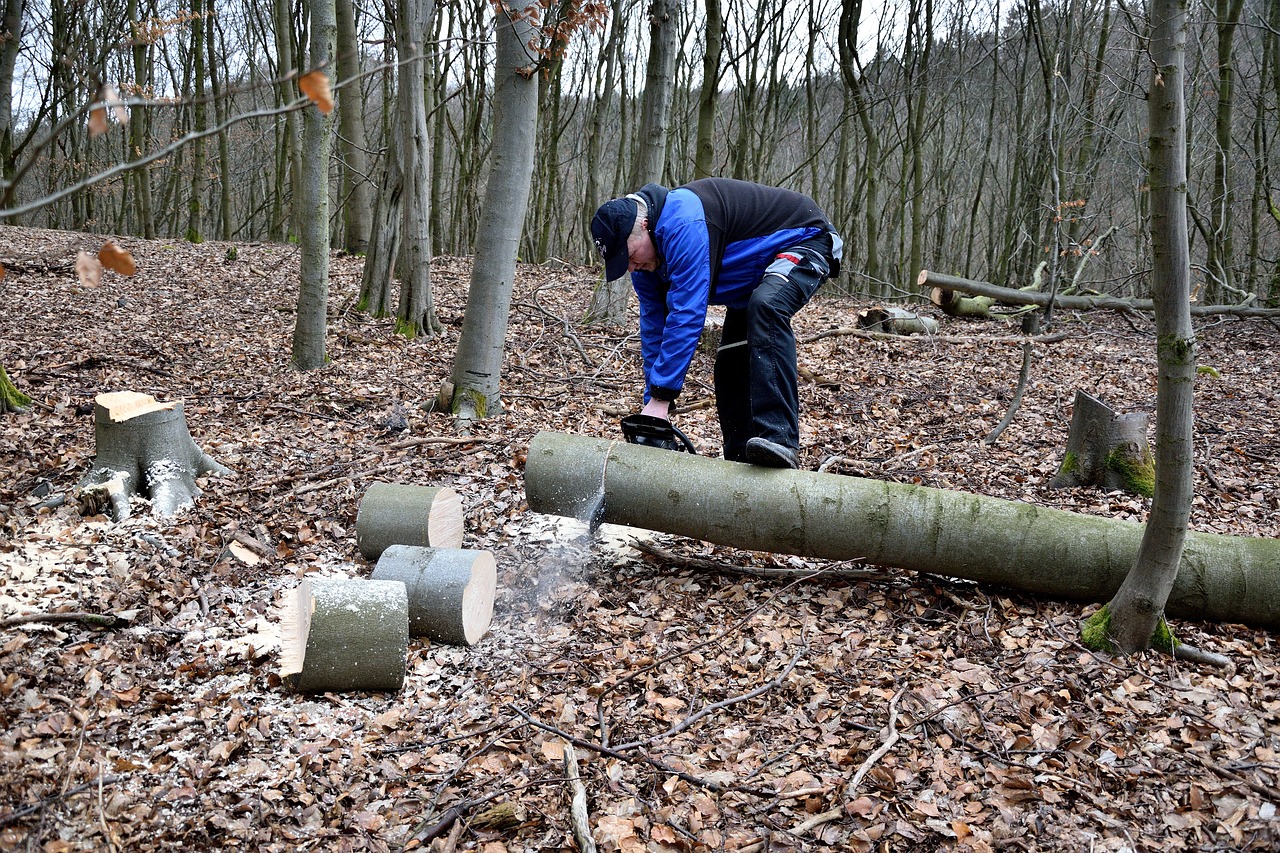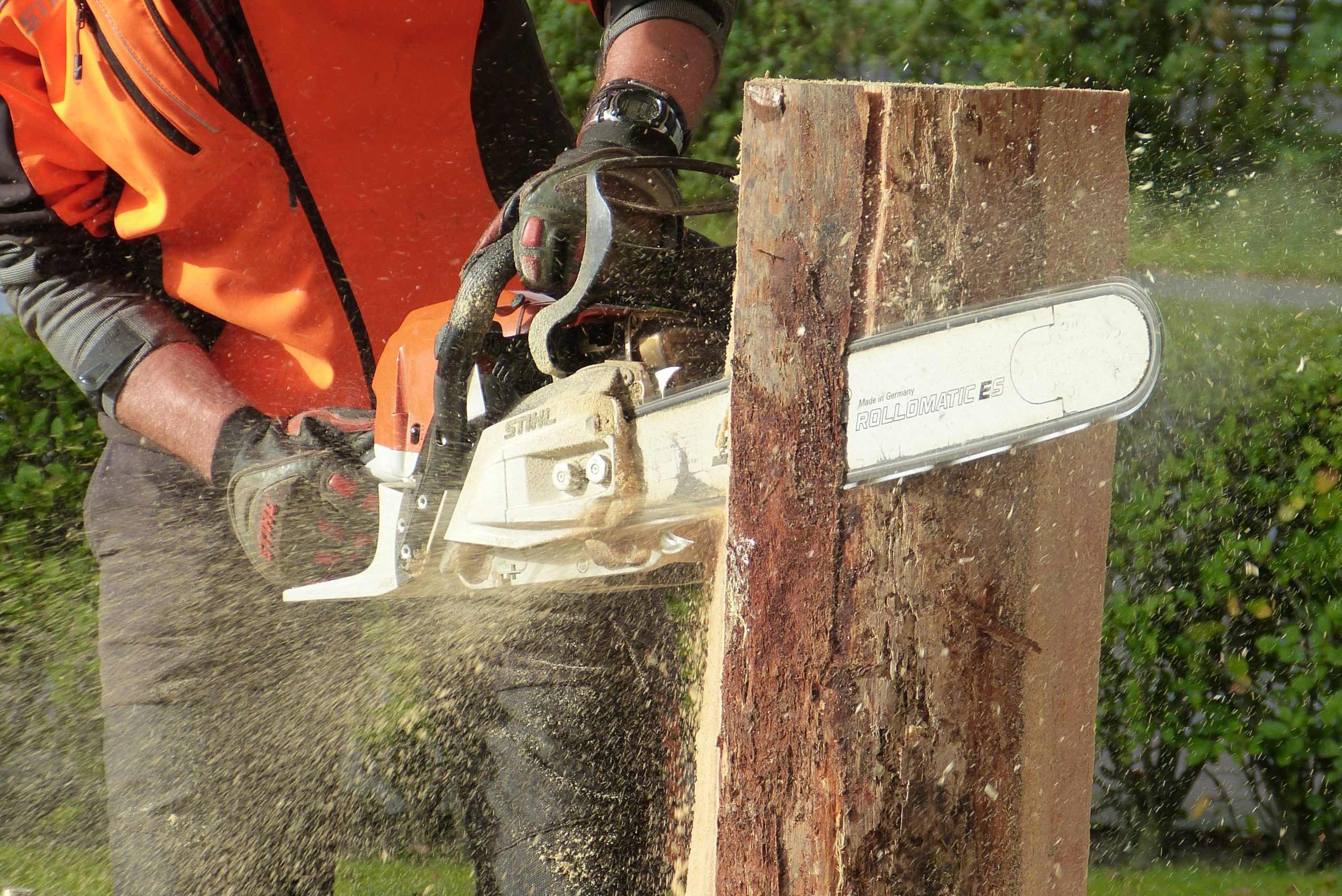Chainsaws are one of the most popular outdoor power equipment. The chain has teeth that cut through wood, which wear down over time and eventually become dull or damaged. When a chainsaw’s chain becomes worn out, you’ll notice it by feeling a hollow buzzing sound when the trigger is depressed – feel for any gaps in between each tooth. Using dull chain saws causes greater fuel usage and chain wear, so using sharp chains is critical at all times. You can sharpen the cutting teeth on a chainsaw using a file rather than replacing the chain when it gets dull and blunt, improving its performance.
Choosing the proper chainsaw file, while not every chain is made equal, is critical since it must match your chain. Choosing the incorrect file will reduce the performance of your chainsaw chain. Check your manufacturer’s manual to be sure what sort of chainsaw file you require for your chain.
Sizes of different files
Simply said, the size of your chain pitch is determined by the type of chainsaw file you require. In some cases, it may be necessary to grind the file down little by little to achieve the right pitch. If you have too wide of an angle or are attempting to sharpen a tool that is covered in rust, you’ll need a larger file with higher cutting teeth. A larger angle implies more powerful files because of the cutting teeth. If you’re unsure about your chainsaw pitch, simply measure the gap between three rivets.
It’s also vital to note that you may require various files for various cutting teeth if they are not of the same type. Given the many varieties of chisel available for chainsaw chains, each will require a distinct kind of file.
Once you’ve decided on the pitch for your chainsaw chain, consult this table to determine the size of the file required:
| Chain pitch | Round file diameter |
| 1/4″ | 4.0mm |
| 325 | 4.8mm |
| 3/8″ | 5.2mm. |
| 404 | 5.5mm |
Profiles of the files
You should only use expert chainsaw sharpening files. Because chainsaw files have a unique profile (for example, a surface structure) in contrast to engineer’s files that would be completely unsuitable for sharpening chainsaws. If you’re not sure, check with a professional before getting started. If you use the incorrect file, you may have to replace the chain.
You’ll also need both round and flat files to get the best results when sharpening your chainsaw chain. The triangular file that comes with the kit is useless because it’s too small. You’ll need to sharpen the side and top plates of the cutting teeth after you’ve cut away all of your old nails. After that, use a flat-file to sharpen the depth gauge so it maintains its form.

How to Sharpen a Chainsaw with a File
Filing your chainsaw with a file is somewhat different than filing it on a filing machine. Like any other manual operation, it necessitates some planning and measuring in order to achieve the objectives successfully. These instructions refer to all chainsaws in general. However, it’s a good idea to consult your chainsaw manual for any instructions that the manufacturer suggests.
You’ll need a round file and a flat-file. The rounded hollow portion of the cutting link will be sharpened with the round file. To ensure that the cutting link is to the appropriate depth, it must be filed with a flat-file. You’ll also need a filing guide. When using the round file, you’ll want to use the appropriate filing angle. The filing guide will also assist you in determining the appropriate cutting depth to file the cutting link.
How often should a chainsaw chain be sharpened?
The question of how often the chain-cutting links should be sharpened is a bit more complicated. However, before your saw chain becomes dull and unsafe to use, we recommend that you sharpen it. Some people advocate sharpening your chainsaw after cutting a certain number of trees, while others recommend ten uses, and still, others suggest doing it after a specific amount of usage. When you sharpen your chain, we recommend that you do it after 40 hours of use or when you hit a rock, soil, or chop a hardwood tree. Those three can quickly dull your chain. Bluntsaws are particularly vulnerable to being blunted by rocks, which can quickly cause the saw to shatter. In general, you should keep an eye on your chain. Consider how it appeared when it was first constructed. It should never appear so altered from what it once was since the manufacturer intended for it to be cut.
When should I Change my Chainsaw Chain?
Chainsaw files can only work for so long before you need to change them. Even if you bought your chainsaw with a razor-sharp edge, it will wear over time. That will make it impossible to operate and dangerous. Knowing when your chain needs to be replaced can save you time, energy, and money. A strong chain doesn’t require much effort to cut wood since it is in excellent shape. It slices wood chips cleanly, so you don’t have to use as much fuel to make a deep cut into the tree or timber. As a result, you should be aware of the indications listed below in order to maintain your chain in good working order at all times.
Cues to when you should change the chain
- You must apply pressure on the saw to make it cut through wood. When a good chain is placed on top of the wood, it pulls itself into the material.
- When cutting vertically, you observe that the saw does not produce large chips. Instead, all that remains is fine sawdust.
- Even when the chain is well lubricated and properly tensioned, you can see smoke.
- Because the chainsaw jangles and bounces when cutting, you have trouble lining it up correctly.

In Conclusion
The most obvious indications that you should change your chainsaw are listed below. Of course, if you observe other symptoms such as a chipped cutting link or damaged links, you should replace the link or chain. When you’re done with your knife’s cutting edge, it should not be left alone until it has completely dulled. You should make sharpening a habit. Make sure to always keep a handy set of chainsaw files always at hand and learn to use them regularly.
As soon as you detect a minor dullness or wear on the cutting edge, sharpen your chain. That will assist you in avoiding spending a lot of time and effort sharpening the chain, which is due to wear. You should inspect your chain at the end of each day or before storing it as a routine. You should inspect your chain at the end of each day or before storing it as a routine.
